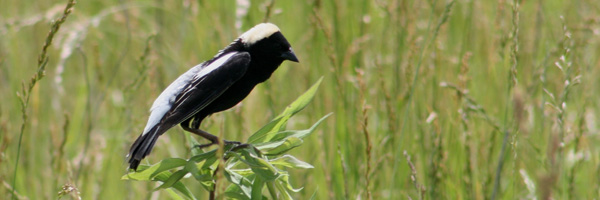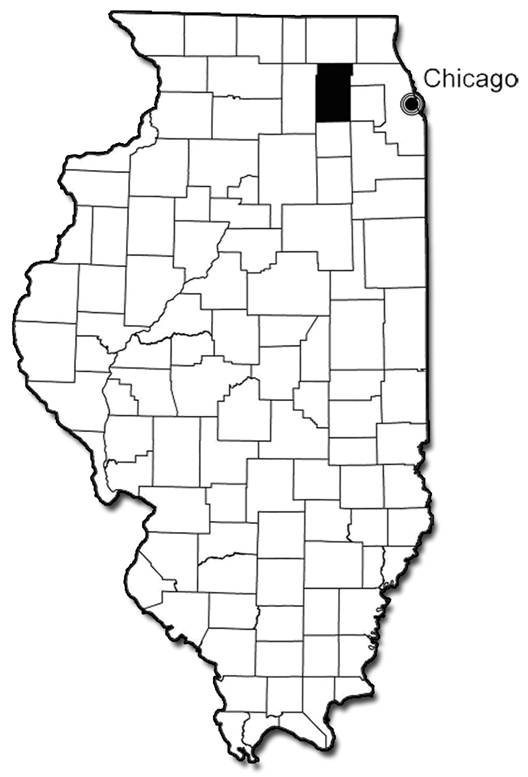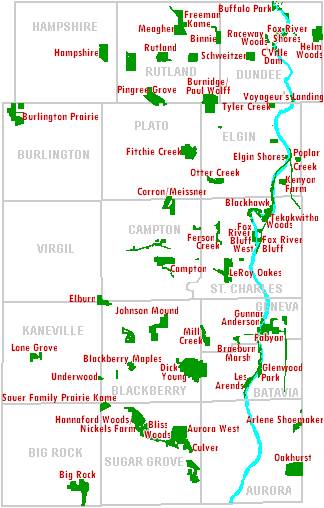
ECOLOGY & CONSERVATION BIOLOGY
IN THE MILLER LAB

ECOLOGY & CONSERVATION BIOLOGY
IN THE MILLER LAB
Contact: Adam Skibbe


Kane County is located on the western fringe of the greater Chicago metropolitan area. Development pressures there have caused rapid increases in land consumption and property values. The county’s Forest Preserve District is actively purchasing land for conservation, but it is important to understand the long-term costs associated with particular conservation goals. The goal of this research was to explore tradeoffs among several possible alternative futures for open space acquisition in a rapidly urbanizing area in the Midwestern United States. Alternative futures can be used as a powerful decision support tool, and typically rely on spatial modeling and Geographic Information Systems to identify a set of possible outcomes for a given area. Our first objective was to identify alternative future scenarios that address the quantity and location of open space at the county level. Second, we wished to calculate costs associated with the acquisition, restoration, and maintenance of new properties under different sets of conservation goals. Third, we sought to develop a tractable approach to modeling alternative futures using a widely available desktop GIS that could serve as a framework for government or non-profit agencies with finite resources to develop and model scenarios specific to their particular needs. Finally, we wished to illustrate the effects of existing conservation goals in the county over several decades.
We developed 18 future scenarios to identify costs associated with acquisition, restoration, and long-term maintenance of conservation lands in Kane County. We evaluated these scenarios using a GIS-based framework for alternative futures modeling that accounted for urban growth as well as conservation suitability. Long-term costs were found to be less in areas of the county with less developed land compared to scenarios which included areas that have experienced higher levels or urban or suburban growth. By focusing on these less developed areas it was possible to build larger core reserves with a considerably smaller capital for land acquisition. Additionally, if restoration was not a focus, it was possible for larger quantities of more contiguous land to be acquired with a lower threat of fragmentation from development. We hope that the results of our work will foster explicit consideration of the long-term costs associated with conservation strategies in Kane County, Illinois, and providing a means for evaluating current goals.
Publications:
Skibbe, A.M., and J.R. Miller. 2008. Alternative future scenarios for open space protection in Kane County, Illinois. Journal of Conservation Planning 4:19-36. (pdf)
Funding: USDA Forest Service, Iowa State University
